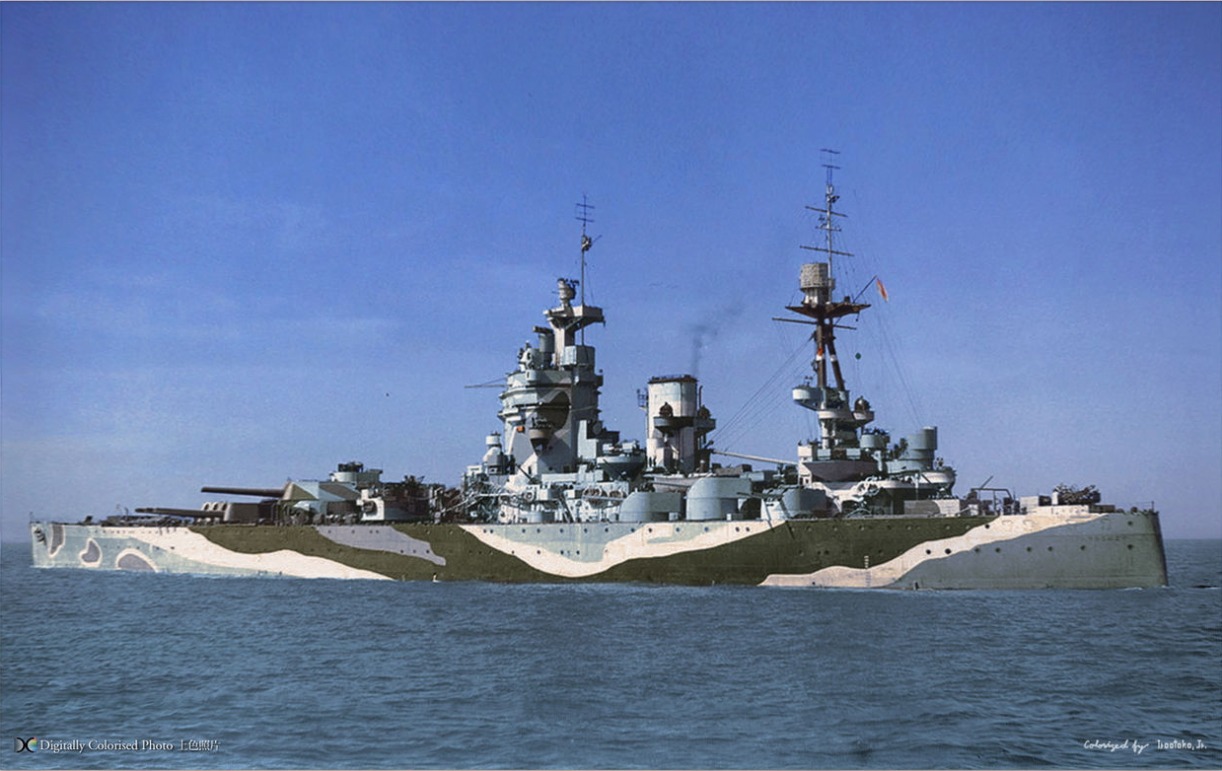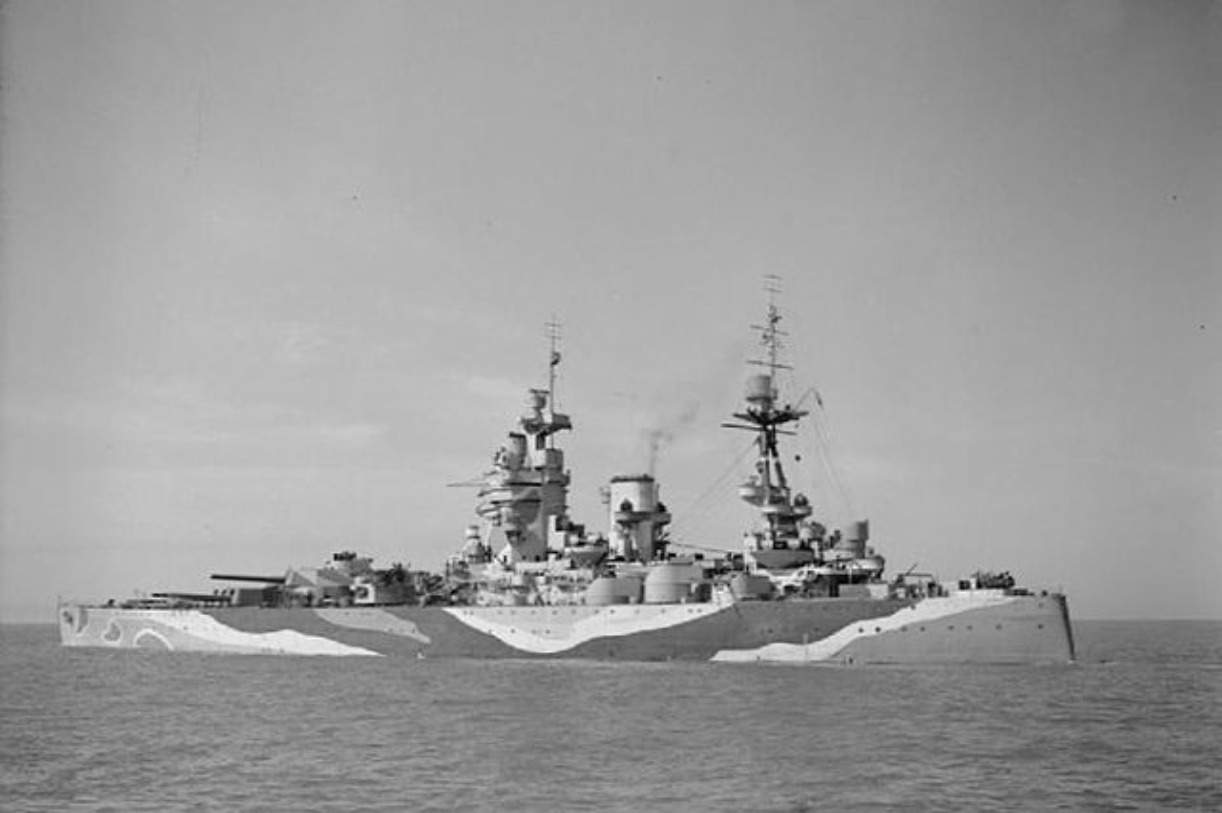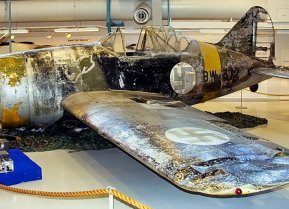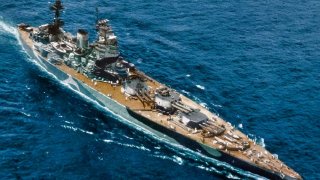HMS Rodney: The Royal Navy Battleship That Made Hitler Sweat
The HMS Rodney was built by the Cammell Laird shipbuilding company in Birkenhead, Wirral, England. The vessel was laid down in December 1922, launched in December 1925, and commissioned in December 1927.
Meet HMS Rodney - After watching the coronation of King Charles III and Queen Camilla with friends from the British Officers Club of Washington DC not so long ago, I was inspired to write a few thematic articles.
Bear in mind that then-Prince Charles was a Royal Navy officer in the 1970s. In the fleet at the time was a vessel named for one of Charles’s predecessors, the battleship HMS King George V (Pennant #41), whose most famous feat in military history was being the co-killer of the vaunted Nazi German battleship Bismarck.
The other Bismarck killer had no such kingly namesake, but it brought the biggest guns to the engagement. Say hello to the HMS Rodney (Pennant #29).
HMS Rodney: Early History and Specifications
The HMS Rodney was built by the Cammell Laird shipbuilding company in Birkenhead, Wirral, England. The vessel was laid down in December 1922, launched in December 1925, and commissioned in December 1927.
The ship was affectionately nicknamed “Rodnol,” and she bore the proud Latin motto Non Generant Aquilae Columbas, which translates to “Eagles do not breed doves.” While not named for a king, Rodney was named for a blueblood, that being Adm. George Brydges Rodney, First Baron Rodney, knight bachelor (1718-1792). The Rodney was one of the two battleships of the Nelson class.
Remember what I said about the Rodney having the biggest guns in the engagement that sank the Bismarck? We are talking about nine 16-inch Mark I main guns here, contrasted with the 14-inchers on the King George V and the 15-inchers fired by the Bismarck. These put the Nelson class on a par with the 16-inch guns of the American Iowa-class and North Carolina-class battleships. Those main guns — divided among triple-barreled turrets — were backed up by six twin 6-inch secondary batteries, six single 4.7-inchers, eight single 2-pound (40mm) anti-aircraft guns, and two 24.5-inch torpedo tubes.
Other specifications included a hull length of 710 feet 3 inches, a beam width of 106 feet, a draught of 30 feet 2 inches, and a displacement of 33,730 long tons. Max speed was 23 knots (26 miles per hour). Crew complement was 1,361 commissioned officers and enlisted men.
Killing the Bismarck
After the Battle of Denmark Strait, during which the Bismarck sunk the HMS Hood — the pride of the Royal Navy — and damaged the HMS Prince of Wales, Winston Churchill and the Admiralty were feeling humiliated and itching for revenge.
That desire for revenge would be fulfilled on May 27, 1941, thanks to the aforementioned tandem of the Rodney and King George V. They were accompanied by the heavy cruisers HMS Dorsetshire (Pennant #40) and HMS Norfolk (Pennant #78). Of course it shouldn’t be forgotten that the feared German battleship had already been wounded and slowed by torpedo hits from Fleet Air Arm Fairey Swordfish biplanes.
The Rodney’s skipper at the time was Capt. Sir Frederick Hew George Dalrymple-Hamilton (1890-1974), later an admiral. Interestingly, his son, eventual Capt. North Dalrymple Hamilton (1922-2014), served as a gun director aboard the King George V. After the battle, father remarked to son, "You are lucky to have seen a show like that after only being in the Navy for 18 months — I’ve had to wait 35 years."
The final ship-to-ship engagement began at 8:47 a.m. that morning, with the Rodney firing the opening salvo, commencing fire at a range of 21,400 yards. During the hellacious 90-minute firefight, the four British warships fired approximately 2,800 shells, delivering roughly 400 hits. The Rodney's main guns are credited with landing about 100 to 130 of those hits. At 10:40 a.m. the Bismarck began her descent to her watery grave, with over 2,000 Kriegsmarine seamen losing their lives.

Post-WWII Fate
Sadly, the Rodney’s role in this iconic battleship fight was not enough to make her a candidate for preservation and conversion to floating museum status. She was decommissioned in 1946 and sold for scrap in 1948.

Today, the HMS Rodney’s memory lives on in the 1960 motion picture Sink the Bismarck!, as well as via plastic model kits such as the Trumpeter brand 1:350 scale product.
About the Author
Christian D. Orr is a former U.S. Air Force Security Forces officer, Federal law enforcement officer, and private military contractor (with assignments worked in Iraq, the United Arab Emirates, Kosovo, Japan, Germany, and the Pentagon). Chris holds a B.A. in International Relations from the University of Southern California (USC) and an M.A. in Intelligence Studies (concentration in Terrorism Studies) from American Military University (AMU). He has also been published in The Daily Torch and The Journal of Intelligence and Cyber Security. Last but not least, he is a Companion of the Order of the Naval Order of the United States (NOUS).


